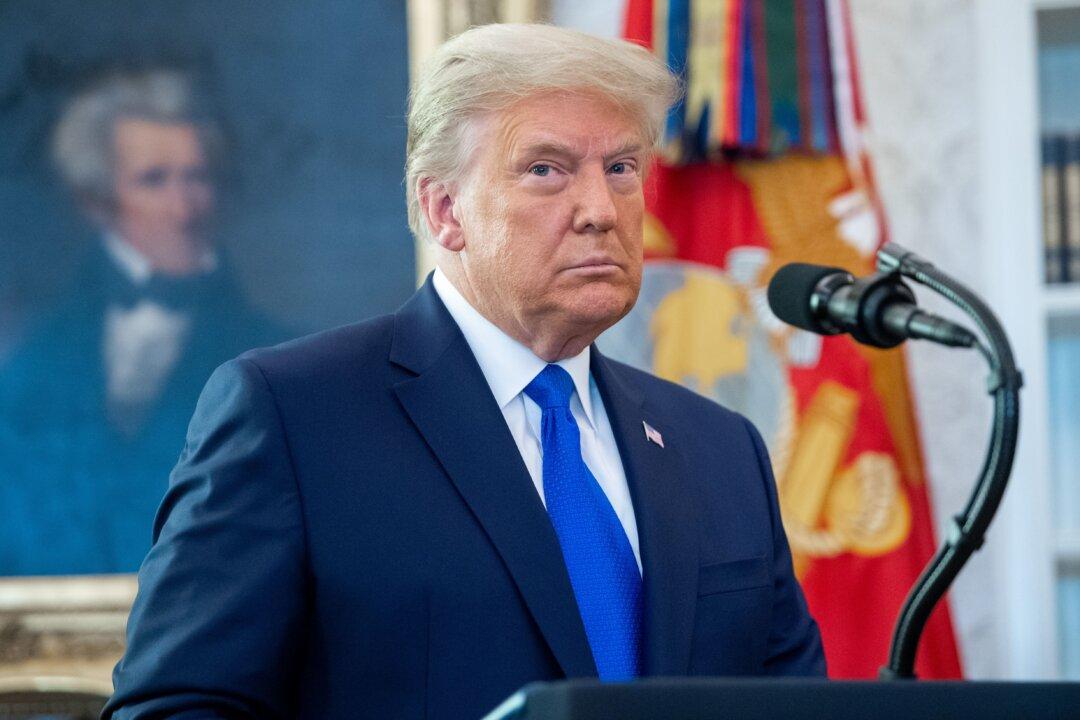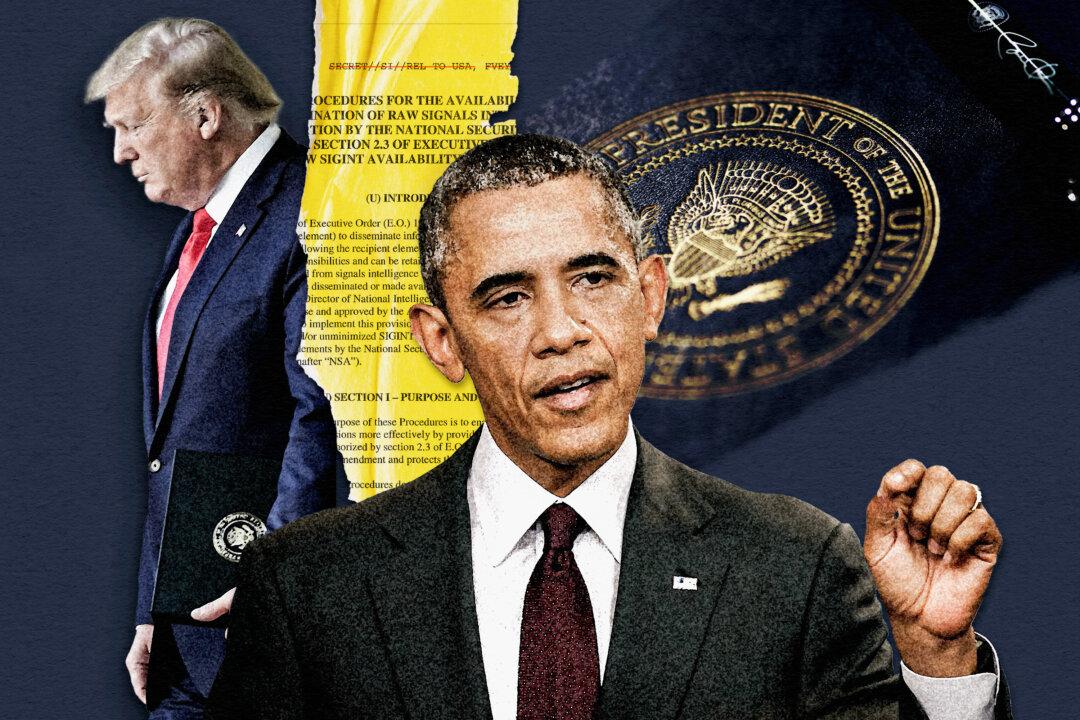News Analysis
It’s generally understood that the Democratic National Committee (DNC) was first hacked in April of 2016. This is not entirely accurate. Russia’s cyberattack on the DNC began only weeks after Trump announced his candidacy for president of the United States in June 2015.





